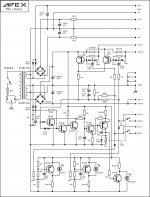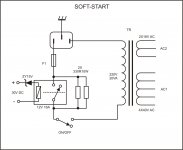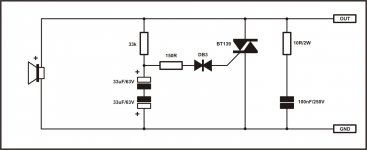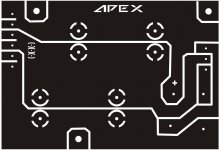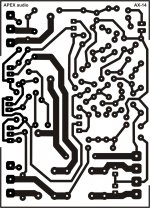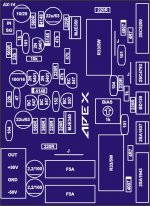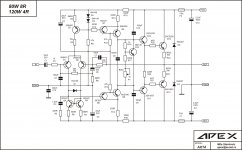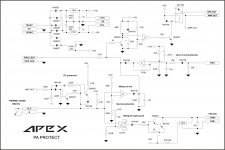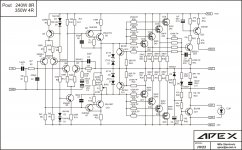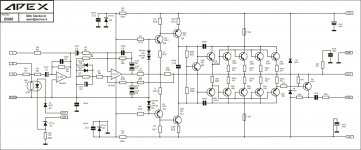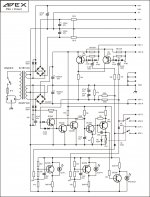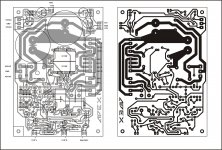Sorry, I must say Many 😱, but value notification mostly, PCBs have no mistakes, and at the end there is correction for people who was interested.Some 😀
Last edited:
Sharing is caring
Sharing something wrong is? Stabbing in the back?
Remember.....if you make 100 good things no one will notice...but if you make one bad thing everyone will notice and remember you for the bad thing you did not the good ones.
Humans are evil 😀
Sharing something wrong is? Stabbing in the back?
Remember.....if you make 100 good things no one will notice...but if you make one bad thing everyone will notice and remember you for the bad thing you did not the good ones.
Humans are evil 😀
If you work you make mistakes, only if you not work you not make mistakes. If you afraid of mistakes, you miss good things.
Sorry lapse, some amplifier can not give high output (6V to rail), mosfet output with same VAS rail voltage for exemplar. In that case 2k2 replace with 1k5.Clip indicator circuit indicate when amplifier output is about 6V to rail. Some amplifier can give that high output, in this case 2k2 can be replaced with 1k5, clip indicate when output is about 9V to rail.
Short Circuit Protect
Short circuit protect will be activate in case shorting output terminals even when amplifier operate with few wats, no need 6A to activate at first.Nobody like VI limiter in audio amplifier and possible distortion, but overcurrent can demage output. In PA short circuit on output for long time can damage amplifier with VI limiter also. This PSU have short circuit protect, and can help with experimenting amplifier. Schematics for short circuit protect can be implement in any DC protection.
PRO pin must be connect to over-curent detector on amplifier circuit. Protect will be activeted with positive DC voltage (mosfet amp hv23), or ac voltage (PA amp B500). Unfortunaly this Hi-Fi amp have not over-curent detector circuit, and it must be add if you want use this pa protect with short-circuit protect. PA protect can work witout short-circuit protect, just not use PRO pin. Protect which I suggest early in this thread have short-circuit protect without over-curent detector on amplifier circuit. If you have no expirience to add over-curent detector circuit on this amp, is better to use this circuit.where does the PRO pin connects to??
Regards
Attachments
ok i understood .
now i am building the psu with short circuit protect,clipping,dc protect....
the pcb board is ready and now i am placing the components.
now i am building the psu with short circuit protect,clipping,dc protect....
the pcb board is ready and now i am placing the components.
That PSU have all you need for 2x100W amp exept soft-start for transformer.ok i understood .
now i am building the psu with short circuit protect,clipping,dc protect....
the pcb board is ready and now i am placing the components.
If you use one pair outputs 0,1R/5W replace with 0,22R/5W.ok i understood .
now i am building the psu with short circuit protect,clipping,dc protect....
the pcb board is ready and now i am placing the components.
In all my amplifiers input GND and power GND must be connected with separate wires. Input GND is best connect from PSU (If you not diy dual mono amp) to both input cinchs with one wire, than from cinchs to volume pots and from pots to amps inputs. GND is best to connect to case from non isolate input cinch. If you connect GND from PSU to case then input cinch must be isolated from case. With this GND wirening amp haven't any hum and noise. Speakers GND must be connect from PSU to speakers terminal with separate wires also. Zobel network (10R, 100nF) connect on amp speakers terminals.
Regards
Regards
Last edited:
- Home
- Amplifiers
- Solid State
- 100W Ultimate Fidelity Amplifier
